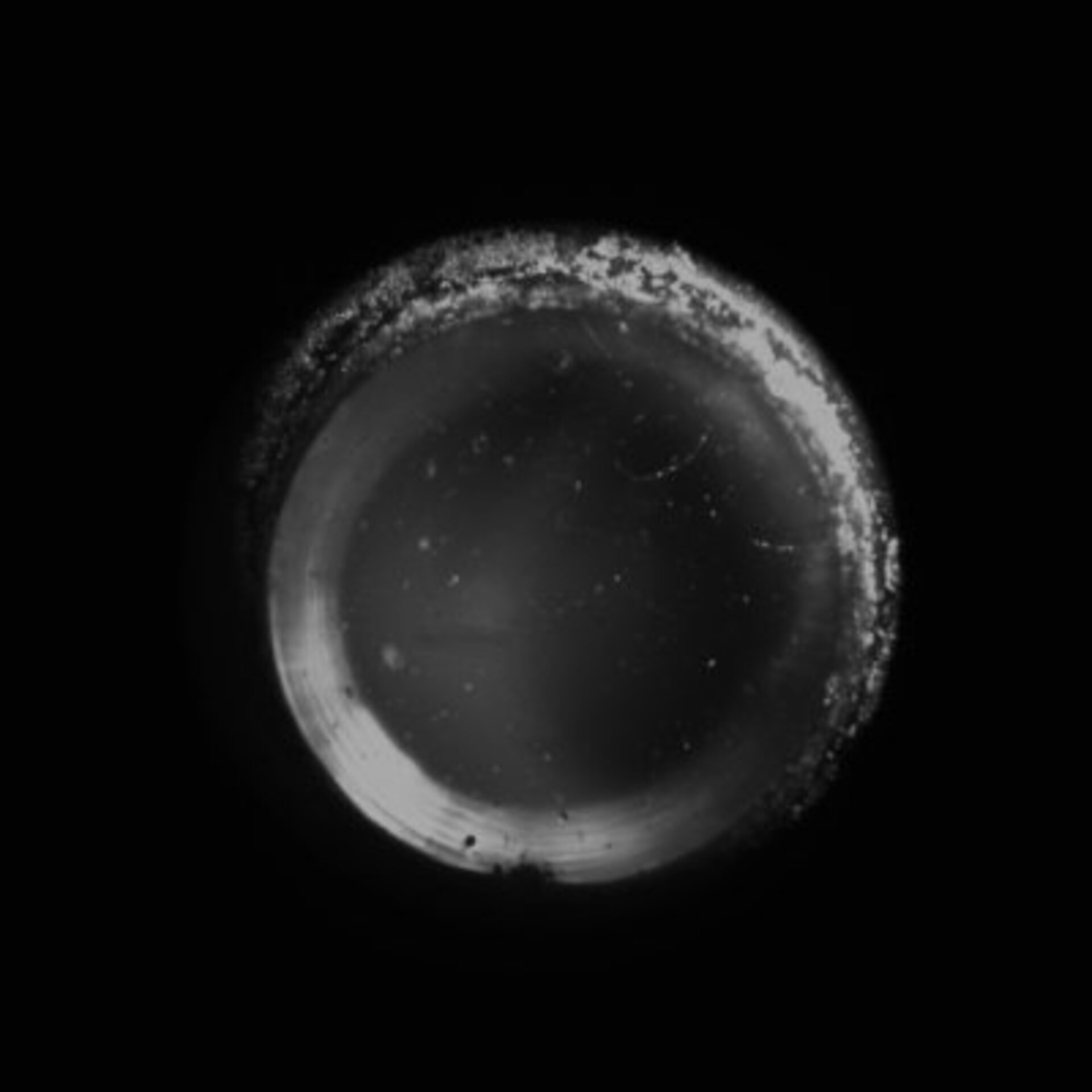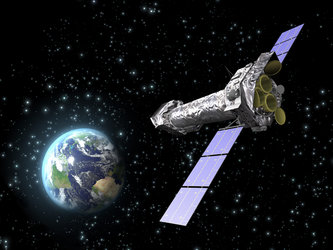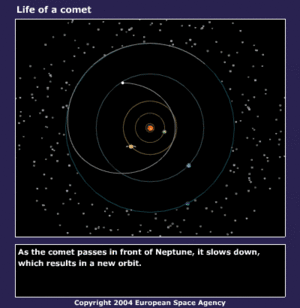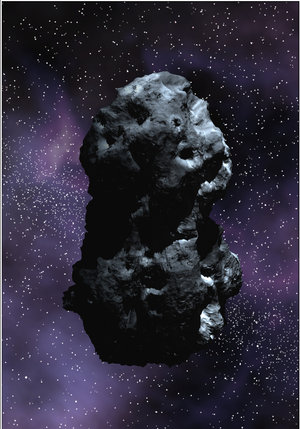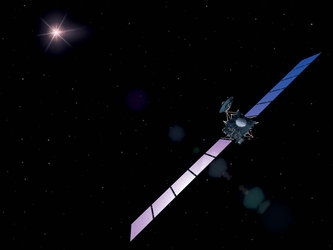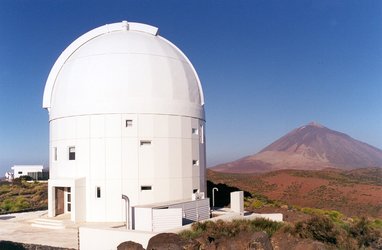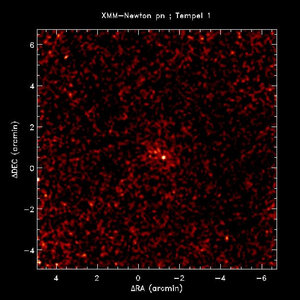Cooking on a comet...?
One of the ingenious instruments on board Rosetta is designed to ‘smell’ the comet for different substances, analysing samples that have been ‘cooked’ in a set of miniature ovens.
ESA’s Rosetta will be the first space mission ever to land on a comet. After its lander reaches Comet 67P/Churyumov-Gerasimenko, the main spacecraft will follow the comet for many months as it heads towards the Sun.
Rosetta's task is to study comets, which are considered the primitive building blocks of the Solar System. This will help us to understand if life on Earth began with the help of 'comet seeding'.
The Ptolemy instrument is an ‘Evolved Gas Analyser’, the first example of a new concept in space instruments, devised to tackle the challenge of analysing substances ‘on location’ on bodies in our Solar System.

Weighing just 4.5 kilograms and about the size of a shoe box, it was produced by a collaboration of the UK’s Rutherford Appleton Laboratory and Open University.
The analysis of these samples from the surface of the comet will establish what the cometary nucleus is made from, providing valuable information about these most primitive objects.
After the lander touches down on the comet, the Ptolemy instrument will collect comet nucleus material, believed to be a frozen mixture of ices, dust and tar, using the Sampling, Drilling and Distribution system (SD2) supplied by Tecnospazio Milano (now part of Galileo Avionica SpA) of Italy. SD2 will drill for small cores of ice and dust from depths of down to 250 millimetres.
SD2 will drill and collect samples from the comet subsurface and distribute them, by means of a carousel equipped with 26 ovens, to the instrumentation (including Ptolemy) for in-situ analysis. The carousel is part of the SD2 system supplied by Tecnospazio. The ovens are supplied by Tecnospazio (10 medium temperature ovens) and by Germany's MPAe (16 high temperature ovens).
Of the four Ptolemy ovens, three are for solid samples collected and delivered by SD2 while the fourth will be used to collect volatile materials from the near-surface cometary atmosphere.
By heating the solid samples to 800 °C, the oven converts them into gases which then pass along a pipe into Ptolemy. The gas will then be separated into its constituent chemical species using a gas chromatograph.
Ptolemy can then determine which chemicals are present in the comet sample, and hence help to build up a detailed picture of what the comet is made from.
It does this using the world’s smallest ‘ion-trap mass spectrometer’, a small, low-power device built with the latest miniature technology. This device will find out what gases are present in any particular sample and measure stable isotope ratios.


